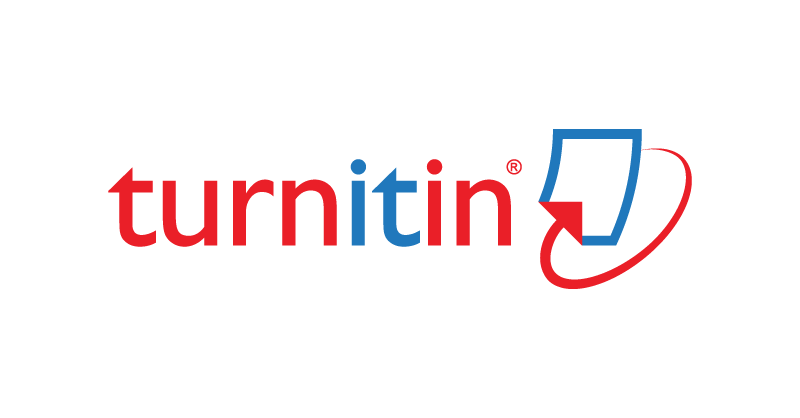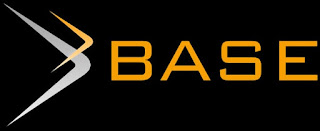Model Pengambilan Kebijakan Sekolah di SDN Grobogan 2 Madiun
DOI:
https://doi.org/10.21154/muslimheritage.v2i2.1110Keywords:
policy, decision, headmasterAbstract
Abstract: This study aims to describe, analyze and explain Policy Making Process in SDN Grobogan 2 in: 1) Identifying Problems in SDN Grobogan 2; 2) Analizing Difficulties in SDN Grobogan 2; 3) Contracting criteria of Problem Solving in SDN Grobogan 2; 4) Develop Action Plan or Strategy in SDN Grobogan 2; 5) Pioneering Action Plan in SDN Grobogan 2. The results of this study are known that the policy-making process at SDN Grobogan 2 in accordance with the administrative model with the cycle of action through the stage: 1) Identify problems: looking the environmental analysis and social conditions to increase the quality related to curriculum management, students, staff, facilities and infrastructure, and financing; 2) Difficulties analysis: the ongoing and long-term difficulties with difficulty level of simple, middle, and complex problems; 3) Problem solving criteria: from routine meetings, isidental meetings, two way coordination with in charged teachers, individual decisions; 4) plan or action strategy: engage the teachers in K13 workshop, K13 mentoring program, teachers required to follow KKG, procurement of K13 Book, JOB distribution for teachers is adjusted with condition, collaborate with TK, applying based religion policy, student counseling, prospecting students’ talent and interest, coaching sustainable achievement, giving reward to the students with good achievement, empowerment non goverment employees, infrastructures improvement, budget realization gradually, giving salary approppriate with teachers’ performance; 5) Pioneering action plan: constructing good communication and closeness between leader and employer, and policy evaluation thus obtained satisfying result.
Abstrak: Penelitian ini bertujuan untuk mendeskripsikan, menganalisis dan menjelaskan Proses Pengambilan Kebijakan Sekolah di SDN Grobogan 2 dalam: 1) Mengidentifikasi Masalah di SDN Grobogan 2; 2) Menganalisis Kesulitan di SDN Grobogan 2; 3) Membangun Kriteria Pemecahan Masalah di SDN Grobogan 2; 4) Menyusun Rencana atau Strategi Aksi di SDN Grobogan 2; 5) Merintis Rencana Aksi di SDN Grobogan 2. Hasil penelitian ini diketahui bahwa proses pengambilan kebijakan sekolah di SDN Grobogan 2 sesuai dengan model administratif dengan siklus tindakan melalui tahap: 1) Identifikasi Masalah: melihat analisis lingkungan dan kondisi sosial untuk meningkatkan mutu yang berkaitan dengan manajemen kurikulum, peserta didik, ketenagaan, sarana dan prasarana dan pembiayaan; 2) Analisis Kesulitan: yang sedang dihadapi dan kesulitan jangka panjang dengan tingkat kesulitan masalah sederhana, agak sederhana dan rumit; 3) Kriteria Pemecahan Masalah: rapat rutin, rapat isidental, koordinasi dua arah dengan guru yang diberi kewenangan, keputusan individul 4) Rencana atau Strategi Aksi: mengikut sertakan guru di dalam worksop K13, program pendampingan K13, guru wajib mengikuti KKG, pengadaan buku K13, pembagian tugas guru mengajar disesuaikan dengan kondisi, bekerja sama dengan TK, kebijakan berbasis agama, konseling siswa, penggalian bakat dan minat, pembinaan prestasi berkelanjutan, pemberian reward kepada siswa berprestasi, pemberdayaan non PNS, pembenahan prasarana, realisasi anggaran secara bertahap, memberikan gaji sesuai dengan kinerja; 5) Merintis Rencana Aksi: membangun komunikasi yang baik, membangun kedekatan antara bawahan dan atasan, dan evaluasi kebijakan sehingga diperoleh hasil yang memuaskan.
Downloads
Published
Issue
Section
License
Requirements to be met by the author as follows:
- Author storing copyright and grant the journal right of first publication manuscripts simultaneously with licensed under the Creative Commons Attribution License that allows others to share the work with a statement of the work's authorship and initial publication in this journal.
- Authors can enter into the preparation of additional contractual separately for non-exclusive distribution of a rich version of the journal issue (eg:post it to an institutional repository or publish it in a book), with the recognition of initial publication in this journal.
- Authors are allowed and encouraged to post their work online (eg, in institutional repositories or on their website) prior to and during the submission process, because it can lead to productive exchanges, as well as citations earlier and more severe than published works. (see The Effect of Open Access).

















